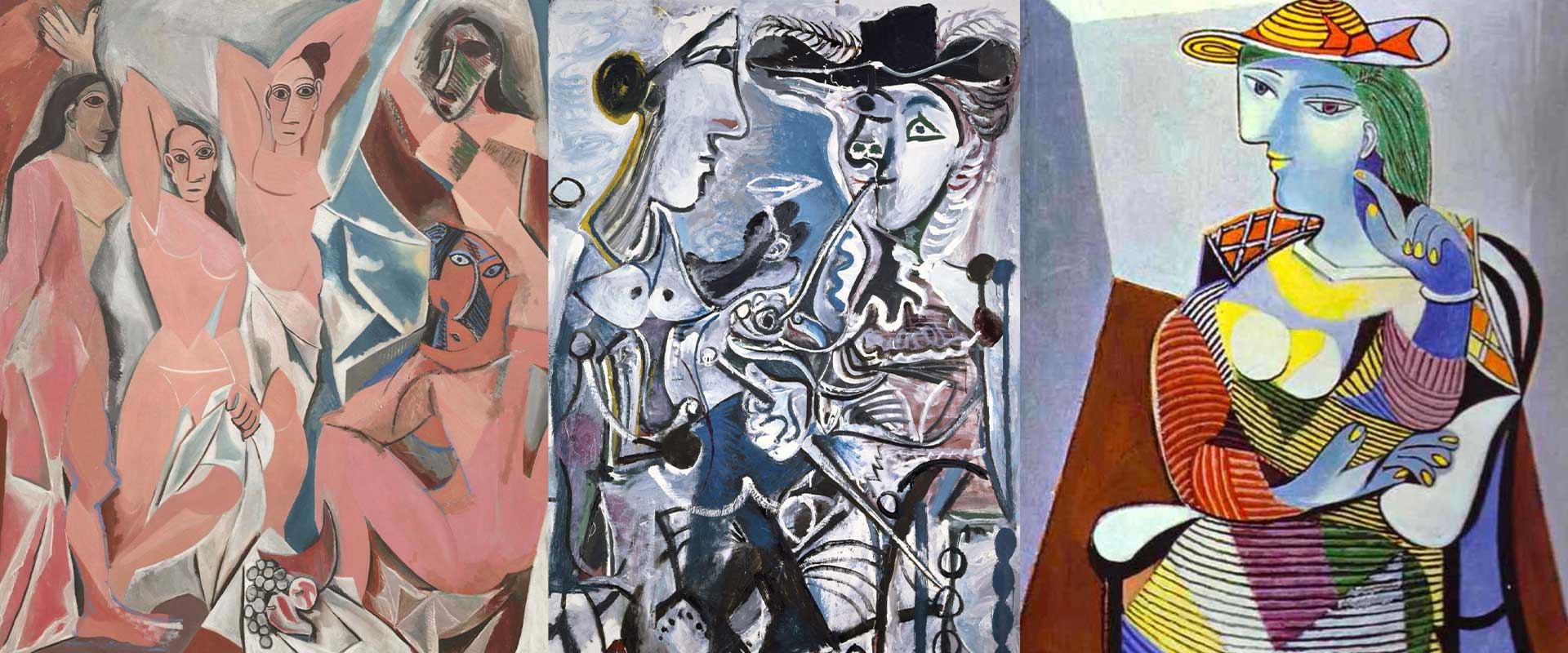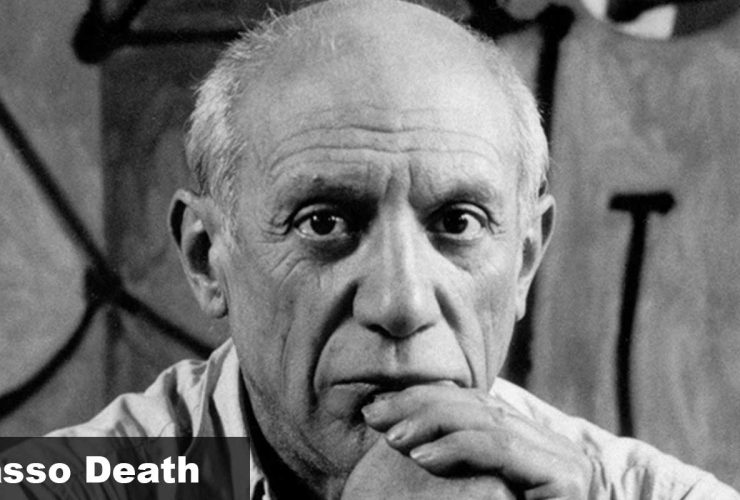The phrase 毕加索, though seemingly abstract, symbolizes how global cultures interpret names and legacies differently. In this context, it reflects the cross-cultural ways people search for or represent Pablo Picasso, one of the greatest artists of the 20th century. His influence extends far beyond Europe, shaping art movements in China and inspiring generations of Chinese artists to merge modernist ideas with traditional practices.
The story of Picasso’s global legacy in China demonstrates how art transcends borders, how Cubism met calligraphy, and how cultural exchange created entirely new visual languages.
Picasso’s Introduction to China
Picasso’s works first reached China in the early 20th century through reproductions, art journals, and students returning from Europe. His bold style fascinated Chinese intellectuals and artists searching for a new identity in the modern era.
- 1920s–1930s: Early reproductions introduced Cubist experimentation to Shanghai’s cosmopolitan circles.
- 1940s: Artists and critics debated Picasso’s relevance within traditional ink-and-brush frameworks.
- Post-1978 Reform Era: With China’s opening, Picasso’s influence surged, inspiring new generations of avant-garde artists.
As examined in Picasso: The Global Influence of Picasso Across Cultures, his reach extended far beyond Europe, with China being a prime example.
How Picasso Inspired Chinese Modern Art
Cubism Meets Calligraphy
Picasso’s Cubist fragmentation resonated with Chinese artists familiar with the abstraction of calligraphy and ink painting. Both traditions valued line, rhythm, and dynamic space.
Emotional Power of the Blue Period
Chinese painters found echoes of emotional depth in works like The Old Guitarist, linking Picasso’s sorrowful tones with their own explorations of suffering and resilience.
Guernica as Political Symbol
Picasso’s Guernica inspired Chinese intellectuals who sought ways to use art as a protest against violence and oppression. This aligns with traditions of socially conscious Chinese painting.
Why Picasso Resonated in China
- Shared value of line and brushstroke between Cubism and calligraphy.
- Emotional universality of themes like grief, resilience, and human struggle.
- A model for merging traditional culture with global modernism.
- Inspiration for politically engaged art in the 20th century.
- Proof that creativity transcends language and geography.
Exhibitions of Picasso in China
Picasso’s influence became more tangible through landmark exhibitions:
- Beijing (1983): One of the first large-scale post-reform shows, introducing the breadth of Picasso’s career.
- Shanghai (2011): Picasso: Masterpieces from the Musée National Picasso, Paris showcased over 200 works.
- Beijing (2019): National Museum of China hosted a major exhibition combining Western modernism with Chinese interpretations.
These exhibitions made Picasso’s legacy a living experience for millions of Chinese visitors.
Comparison: Picasso’s Influence in China vs Europe
| Region | Introduction Period | Influence | Cultural Integration | Legacy |
|---|---|---|---|---|
| Europe | Early 1900s | Direct participation in avant-garde | Shaped Cubism, Surrealism, political art | Core of modern art history |
| China | 1920s–1930s (via reproductions) | Inspiration for blending East and West | Integrated Cubism with calligraphy, ink traditions | Catalyst for modern Chinese art movements |
This table shows how Picasso’s legacy adapted uniquely across regions while maintaining its transformative power.
Picasso’s Continuing Legacy in Contemporary China
Today, Picasso’s influence can be seen in:
- Chinese contemporary artists who embrace fragmentation and abstraction.
- Educational institutions where his techniques are studied alongside Chinese masters.
- Public appreciation of exhibitions that bring Picasso’s masterpieces to new generations.
As discussed in Picasso Famous Paintings and Where to See Them, his works are global icons, but their reception in China reflects a cultural dialogue rather than imitation.
Modern Relevance of Picasso in China
- Inspires young artists balancing tradition and innovation.
- Represents art’s universal language in a globalized world.
- Serves as a cultural bridge between China and Europe.
- Continues to fuel academic debates about modernism and identity.
- Remains a fixture in China’s growing art market.
For admirers seeking to connect with his genius, collections like Pablo Picasso Wall Art Prints make his work accessible far beyond museum walls.
Conclusion
The story of ÊØïÂä†Á¥¢ and Picasso’s global legacy in China illustrates how art transcends linguistic and cultural barriers. Picasso’s innovations in form, symbolism, and political engagement found fertile ground in Chinese modernism, sparking dialogue between East and West.
Decades after his death, Picasso remains more than a European master—he is a global artist whose work continues to inspire creativity across continents. In China, his legacy endures as both a challenge and an invitation: to innovate, to resist conformity, and to embrace the boundless possibilities of art.
FAQs on Picasso’s Global Legacy in China
How did Picasso influence Chinese artists?
He inspired them to merge Cubist abstraction with traditional Chinese calligraphy and ink painting.
When was Picasso first introduced in China?
In the 1920s and 1930s, through reproductions and art journals.
What is the role of Guernica in Chinese art discourse?
It inspired politically conscious art, showing how creativity can serve as protest.
Are Picasso’s works exhibited in China?
Yes, major exhibitions in Beijing and Shanghai have drawn millions of visitors.
Why is Picasso’s legacy important in China today?
Because he embodies innovation, resilience, and the fusion of global and local traditions in art.





